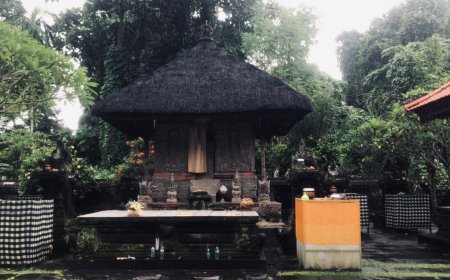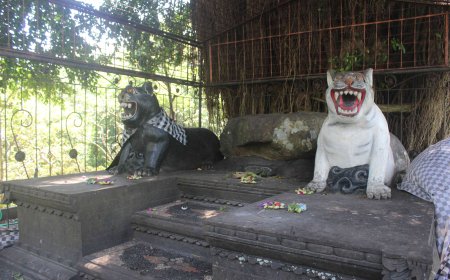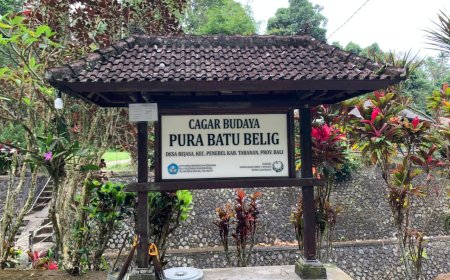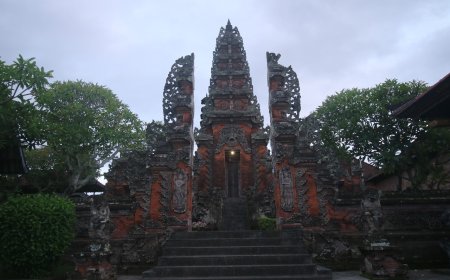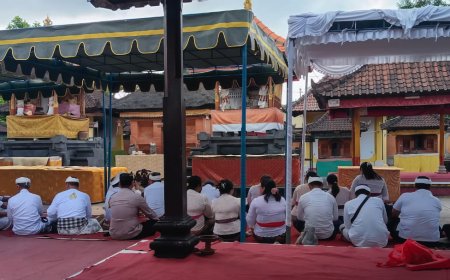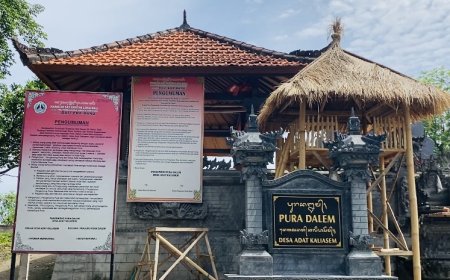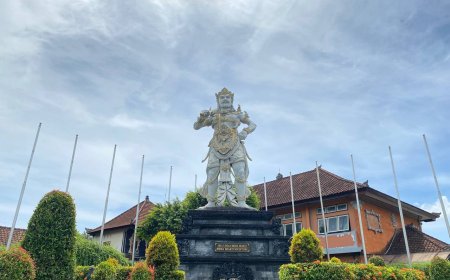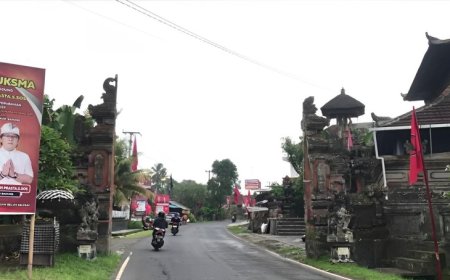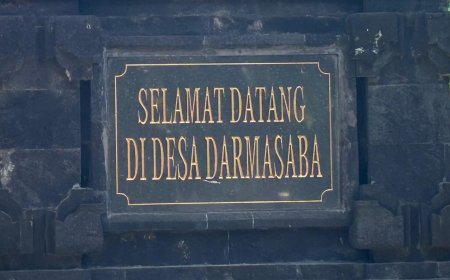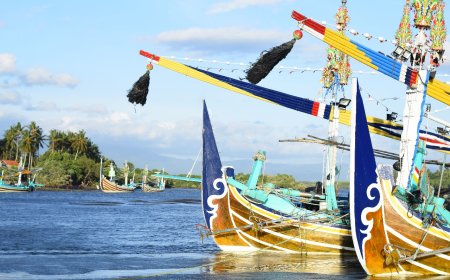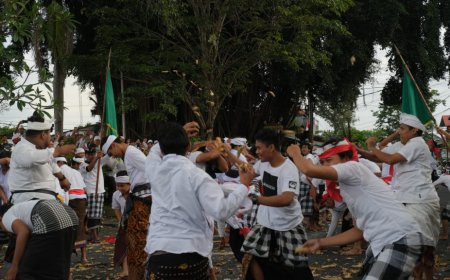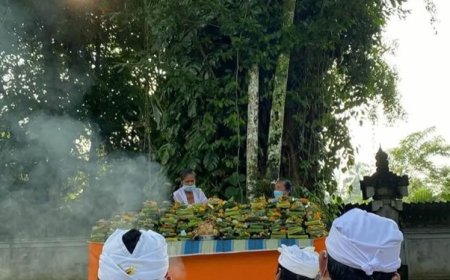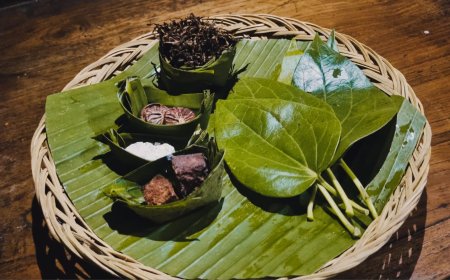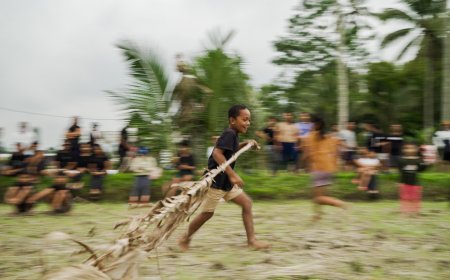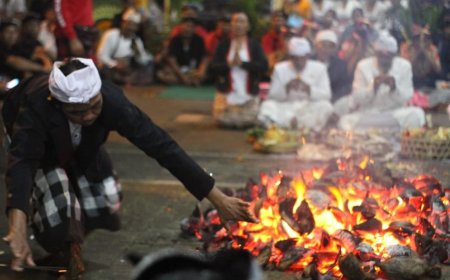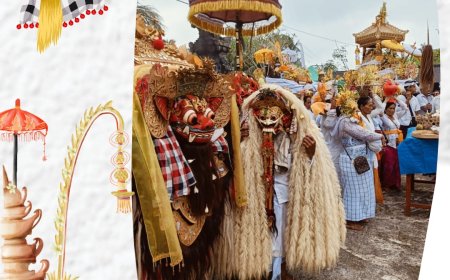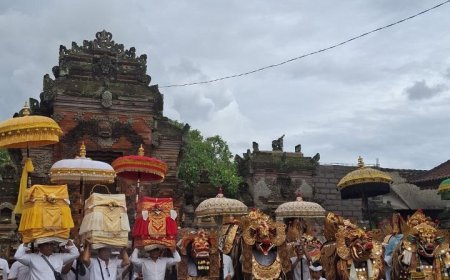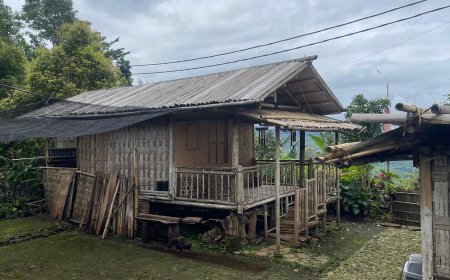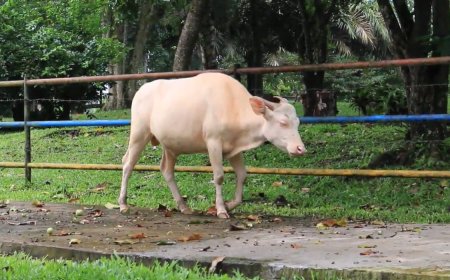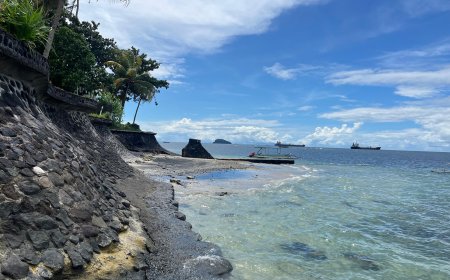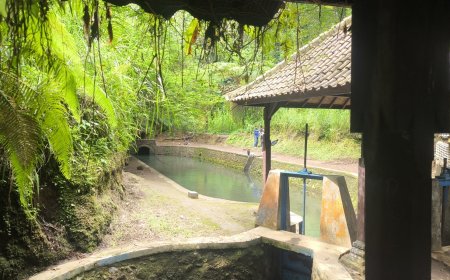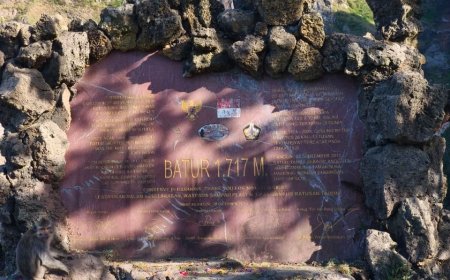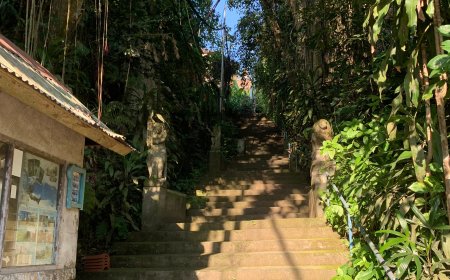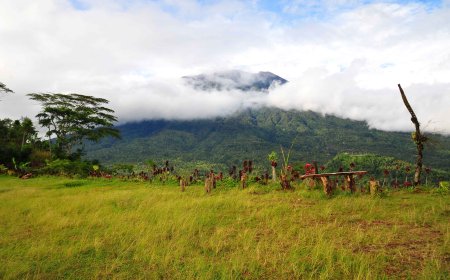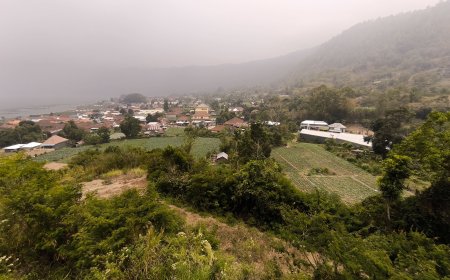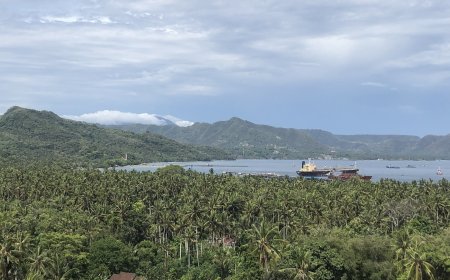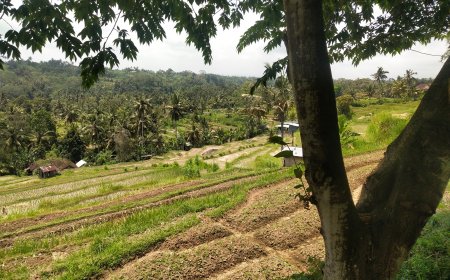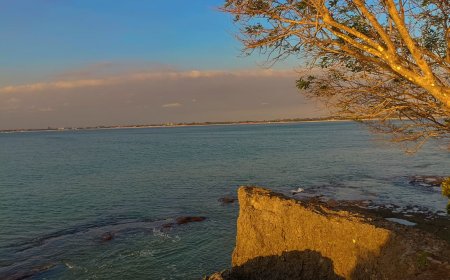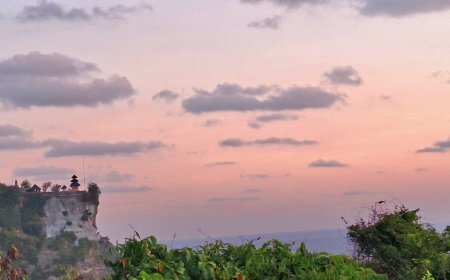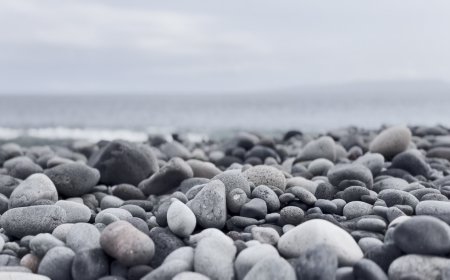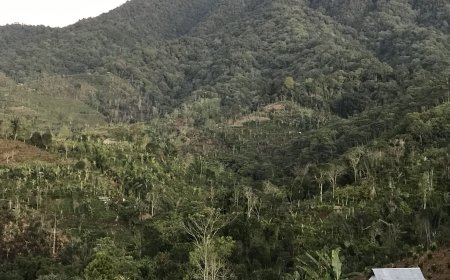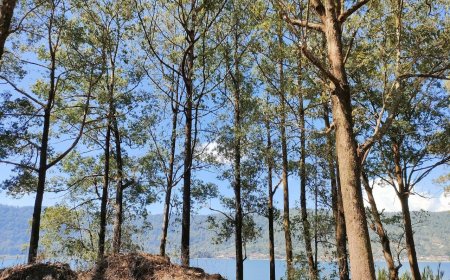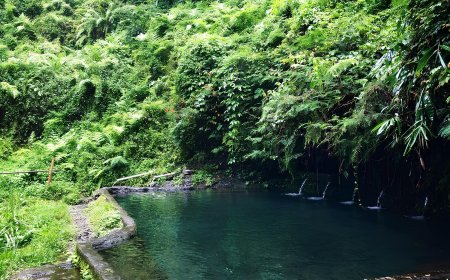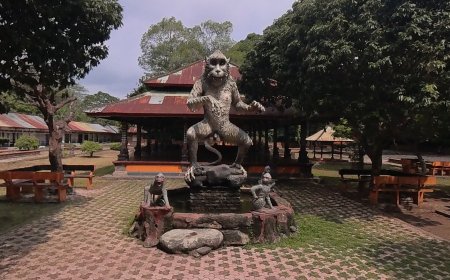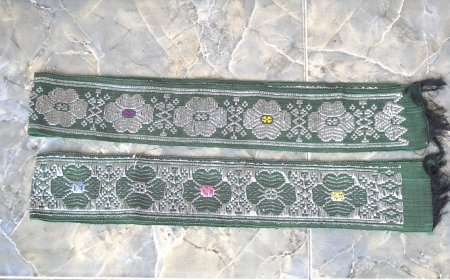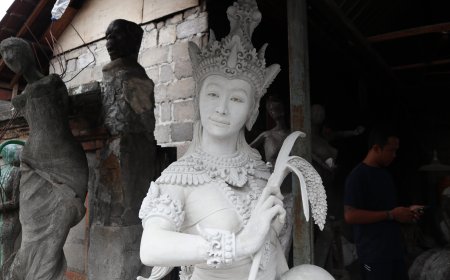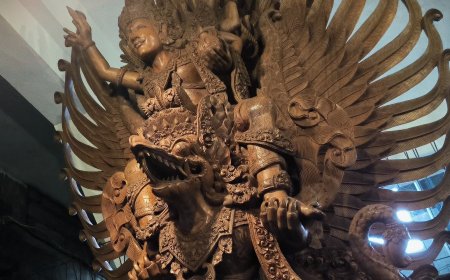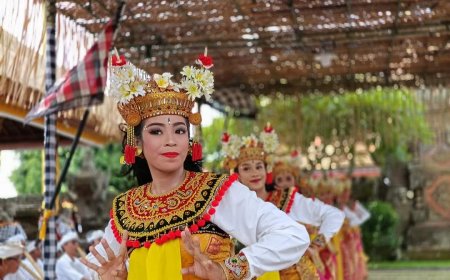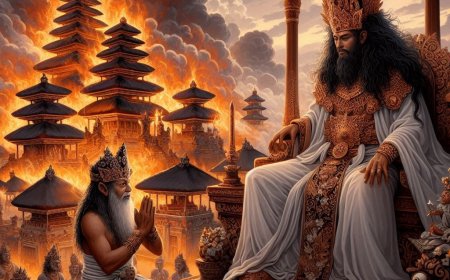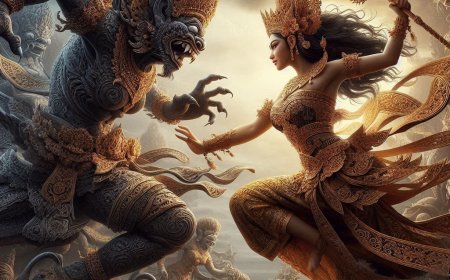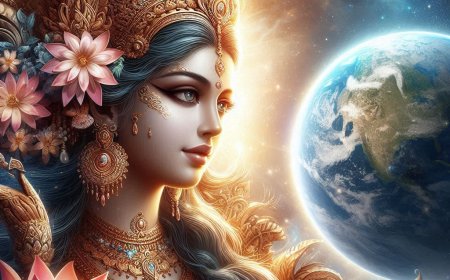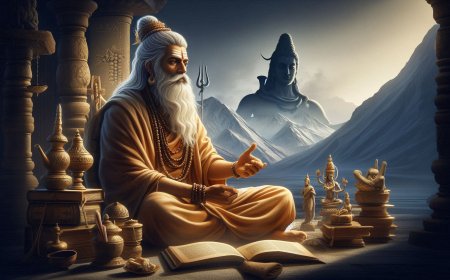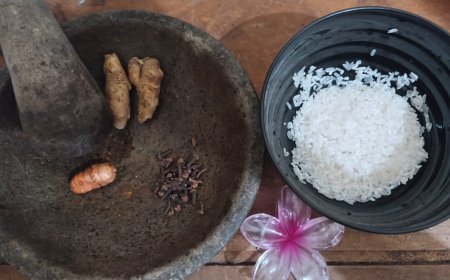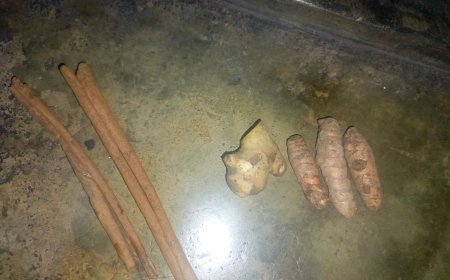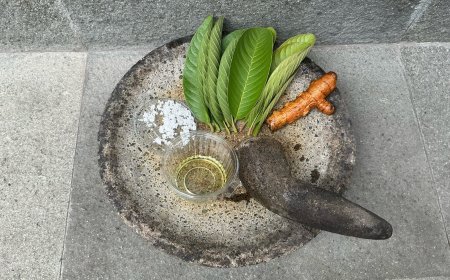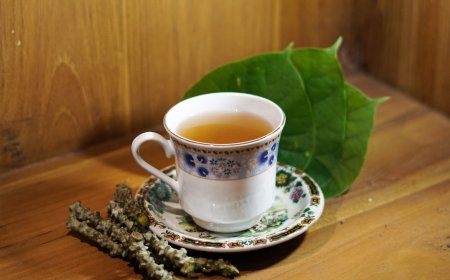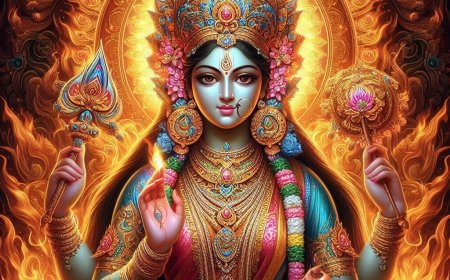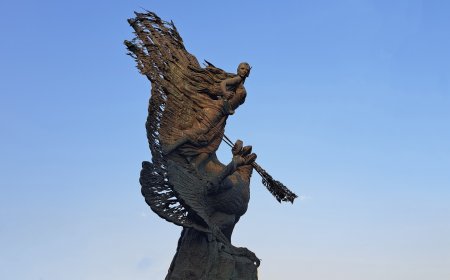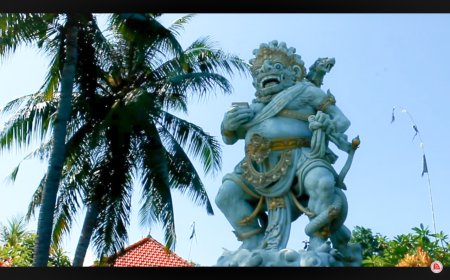Prabu Airlangga: The Conqueror Who Renounced the Throne
After the Medang Kingdom was destroyed, he fled to the forest and lived in exile. Airlangga managed to reclaim the Medang region and founded the Kahuripan Kingdom. He divided the kingdom into two, Janggala and Panjalu, to avoid a power struggle.
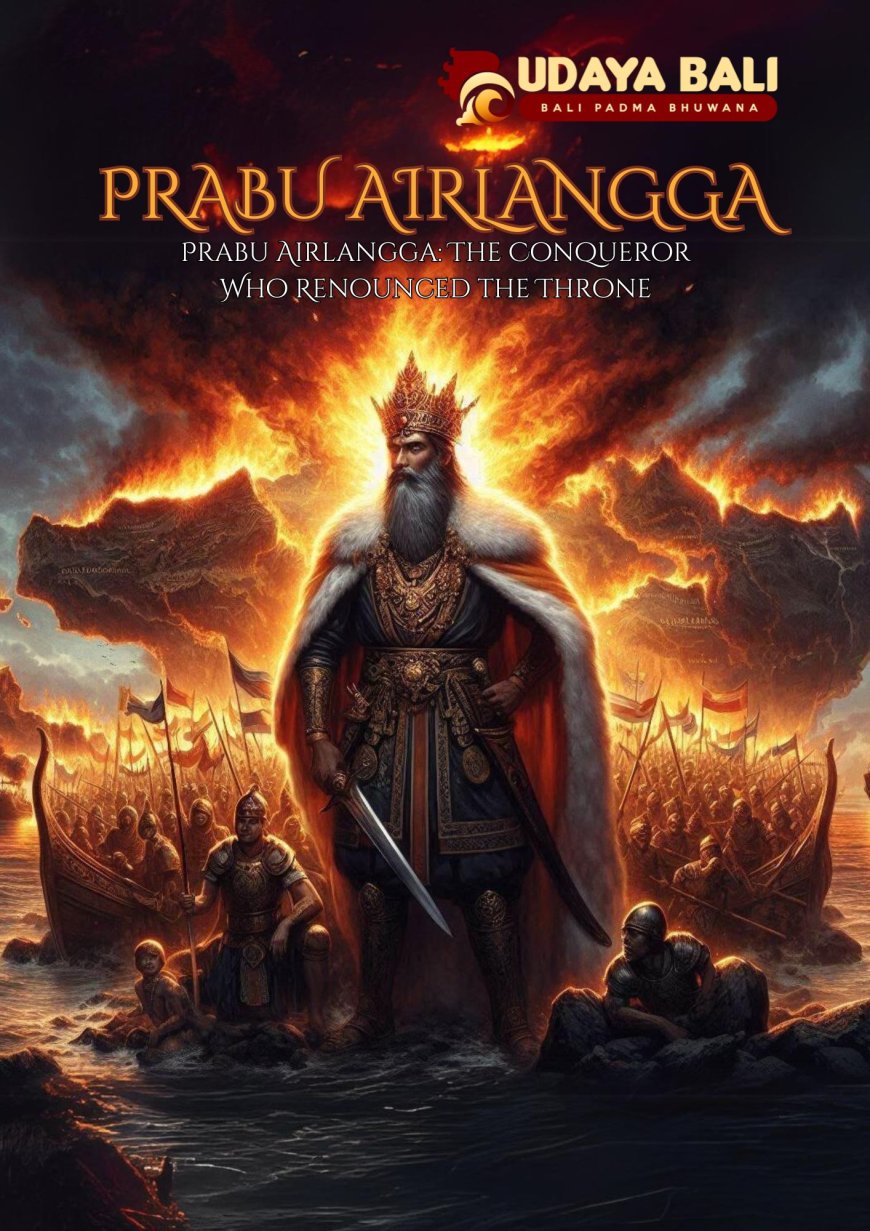
King Airlangga was born around 990 AD with the original name Erlangga. He was the son of King Udayana of the Bali Kingdom and Mahendradatta, a princess from the Isyana Dynasty who ruled the Medang Kingdom in East Java. From the blood of both his parents, Airlangga had relations with two large kingdoms in the Nusantara region: Bali and East Java. This made Airlangga an important figure who had legitimacy from both parties.
When Airlangga grew up, he was sent to the Medang Kingdom in East Java to strengthen political relations between the two kingdoms through marriage. He married the daughter of King Dharmawangsa Teguh, the ruler of Medang at that time.
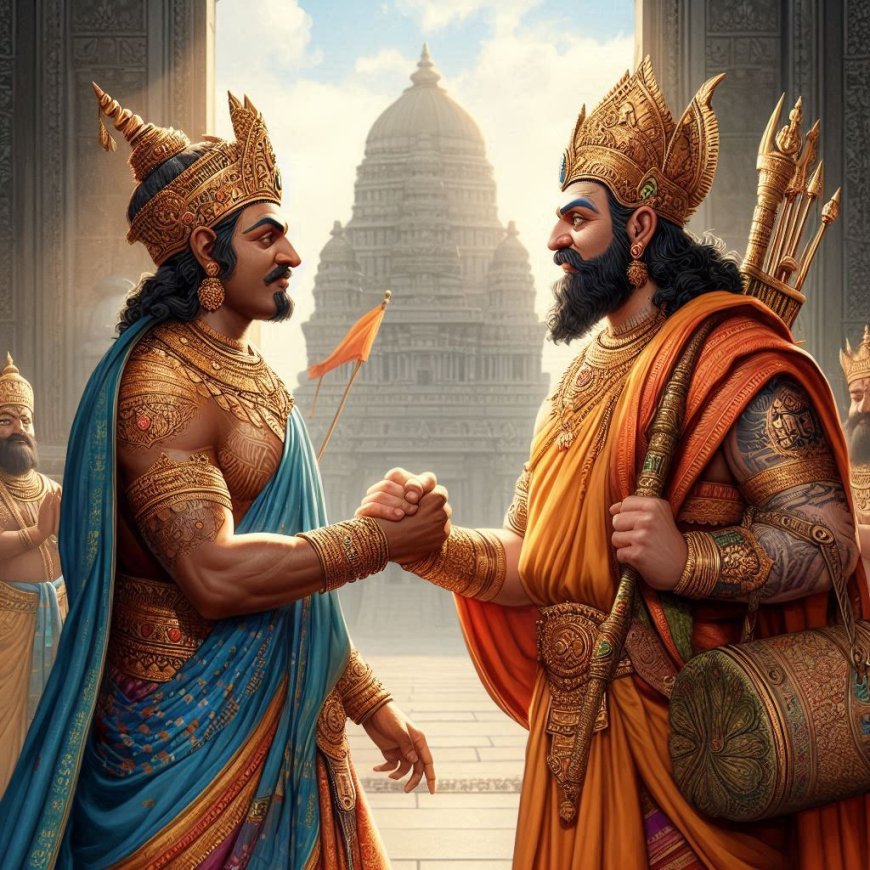
King Airlangga Collaborated with Other Kingdoms (Source: Personal Collection)
Unfortunately, in 1006 AD the Medang Kingdom was attacked and destroyed by the troops of the Wurawari Kingdom. This attack is known as “Pralaya Medang” or the destruction of Medang. King Dharmawangsa Teguh was killed in the incident, and Airlangga was forced to flee to the forest with his loyal followers. At that time, he was only about 16 years old.
During his escape, Airlangga lived a hard and simple life. He lived in the forest and mountains with hermits, where he learned about philosophy, spirituality, and the art of government. Despite losing all power, Airlangga did not lose his spirit to one day return and rebuild the glory that had been lost. His followers remained loyal, and he slowly gathered strength.
In 1019 AD, after about 13 years in exile, Airlangga finally managed to gather enough strength to begin the struggle to regain power. With the support of the people and the nobles who were still loyal, he managed to conquer the territories that had once been controlled by the Medang Kingdom. He re-established the kingdom which became known as the Kahuripan Kingdom, with the capital at Watan Mas.
Airlangga then crowned himself as king with the title “Sri Maharaja Rakai Halu Sri Dharmawangsa Airlangga Anantawikramottunggadewa.” He began the process of reconstructing the kingdom by rebuilding the administrative and economic structures. During his reign, Airlangga succeeded in expanding his territory, even covering most of East Java and part of Bali. Airlangga tried to restore the prosperity that had been achieved by the Medang Kingdom.
One of the biggest challenges came from local rulers and nobles who had ambitions to gain independence. In addition, Airlangga also had to face threats from neighboring kingdoms who tried to seize his territory.
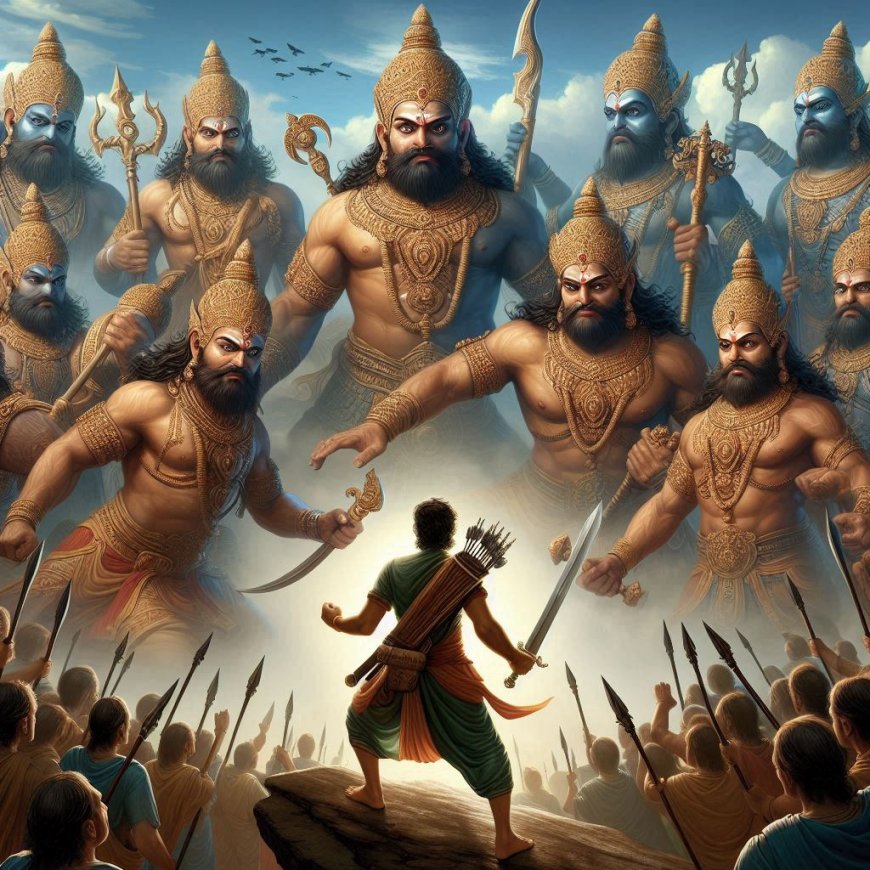
Prabu Airlangga Against Local Rulers and Nobles (Source: Personal Collection)
To overcome the division and maintain stability, Airlangga carried out a series of major reforms. He improved the taxation system, reorganized the bureaucracy, and built important infrastructure, such as irrigation and ports. Airlangga also strengthened trade relations with surrounding kingdoms and increased maritime trade, especially with Srivijaya, which was still a major power in Sumatra at that time.
One of his greatest achievements in terms of reform was the division of power when he decided to divide his kingdom into two after his death. In 1042 AD, feeling that his power was too great to be controlled by one person, Airlangga decided to divide his territory into two kingdoms, namely the Janggala Kingdom and the Panjalu Kingdom (also known as Kediri). This division was carried out to prevent a power struggle between his two sons who were competing to succeed him. However, this division actually gave rise to competition between the two kingdoms that lasted for the next few centuries.
In addition to being known as a wise king in politics and government, Airlangga was also known as a very religious figure. After dividing his kingdom, Airlangga chose to leave worldly life and become an ascetic. He was known to be very interested in Hindu and Buddhist teachings, and towards the end of his life he devoted himself to spiritual life.

King Airlangga Meditates on Mount Penanggungan (Source: Personal Collection)
Prabu Airlangga died around 1049 AD. On Mount Penanggungan, Airlangga lived as a hermit under the name Resi Gentayu, and he died there. Mount Penanggungan is considered a place full of spiritual meaning in ancient Javanese tradition, and the story of Airlangga leaving the throne to live a simple life shows his dedication to a life in harmony with religious teachings and spirituality.
In the field of culture, Airlangga is also known as a patron of art and literature. During his time, a great literary work, Arjuna Wiwaha, was written by Mpu Kanwa, which describes Airlangga's spiritual journey and heroism using the figure of Arjuna as an allegory. This work became one of the most influential classical Nusantara literary works.
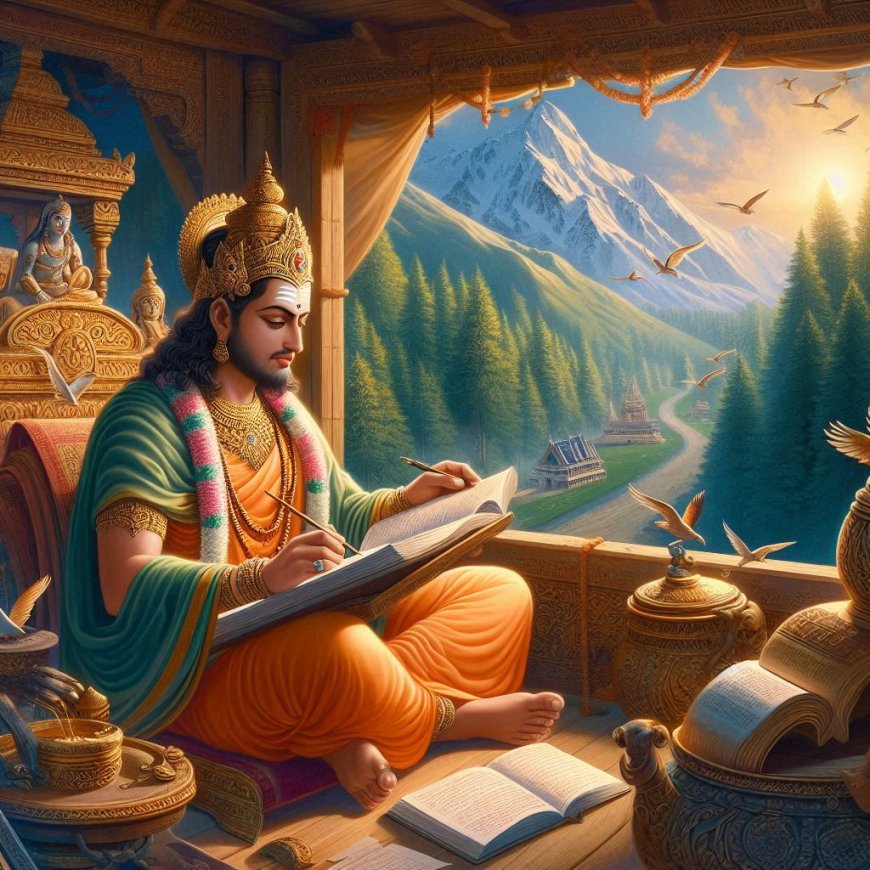
Prabu Airlangga Writes Literary Works (Source: Personal Collection)
Airlangga's political legacy is also still felt through his descendants. The kingdoms formed from the division of territory by Airlangga, namely Janggala and Panjalu, later developed into large kingdoms such as the Kediri and Singhasari Kingdoms, which became the forerunners of the Majapahit Kingdom, one of the largest kingdoms in Indonesian history.
